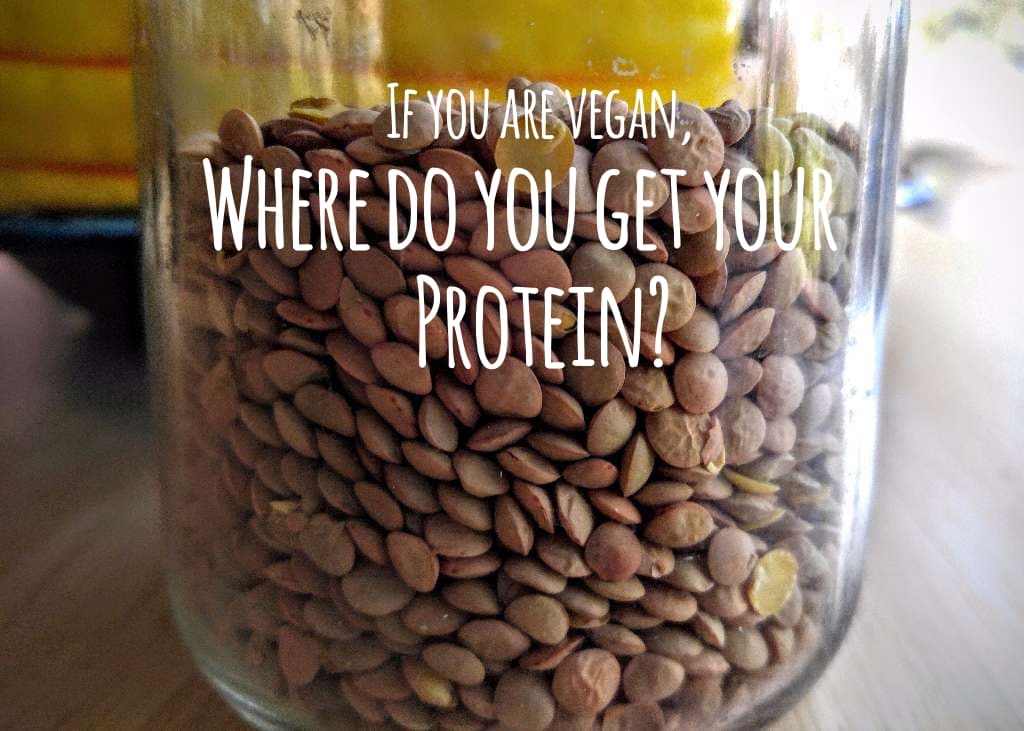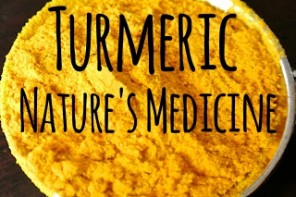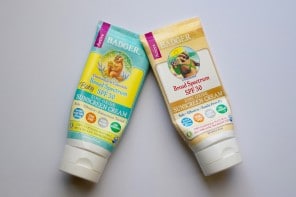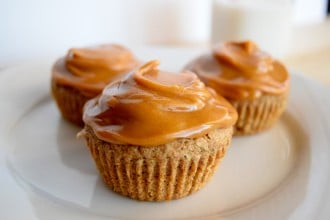Curiosity can be a really good thing. It leads to more knowledge and an expanded world view. I’m all for it. Usually when people find out I’m vegan, I get a ton of questions. Totally understandable considering most people aren’t really that familiar with the diet, the reasons behind it, and the details of following it. Meat and dairy in particular are a HUGE part of the American diet, quite often the centerpiece of a meal, so of course many would be curious on how people survive without it. One of the most common questions?
“Where do you get your protein?”
I find it a bit strange that people get so worried about getting enough protein as opposed to getting enough vitamin-rich veggies, but that’s just my opinion. So let’s debunk the protein myth.
What is protein? Why do we need it?
Proteins are absolutely essential to the body. They are made up of amino acids, with a different sequence of those amino acids for each protein. The body breaks down proteins in order to use these amino acids. Proteins are responsible for building tissue in the body and as well as to provide a source of energy/fuel. It is particularly important for growing bodies (including pregnant women) and for people who need to build and maintain body tissue (like athletes). The more physically active you are, the more protein your body needs.
Not enough protein can lead to some scary effects on the development of the brain as well as the body, particularly in infants and children. But protein deficiency is most commonly seen in developing countries where fresh food and water can be a rarity. Unfortunately this also means that there are other nutrient deficiencies that affect development as well. Those who are able to have access to a regular source of enough food have no reason to worry about their protein intake.
The average American, and even many athletes and bodybuilders get way too much protein in their diet. Too much protein can overexert the body because it has no way to store extra protein. What the body does not need is processed through the bloodstream, liver, and eventually the kidneys as urea which is finally passed out the body. Too much protein can cause the kidneys to work harder, which is why those with kidney disease usually follow a low protein diet. Also, the extra amino acids in the body cause pH levels to be out of whack so the body compensates by filtering out more calcium through the urine. The result? A much greater chance of kidney stones from the excess calcium in the kidneys and less calcium for the bones.
How much protein do we need?
The average recommended intake for adults are about 46 grams for women and 56 grams for men, per day. Pregnant women need about 10 extra grams and breastfeeding women need an additional 20 grams of protein. Athletes typically need about 50{33a567f4c07c8c413e7e9e9d9be2242a7b8a132d09d89d1c03680e3e8f95cc61} more protein to account for the extra stress on the body. An 8 ounce piece of meat contains about 50 grams, 1 cup of milk has about 8 grams, 1 cup of dried beans contains 16 grams, 1 cup of fruit contains about 1 gram, vegetable contain at least a few grams per vegetable, nuts have about 20-30 grams per cup, and grains typically contain about 5 to 9 grams per cooked cup. Factor in the numbers and if you eat meat two or three times a day in addition to other foods that contain protein (such as dairy and grains), and you are getting at least three times the necessary protein.
Protein sources matter.
What surrounds the protein source is also important to consider. Meat and dairy also contain saturated fats, the kind that raise blood pressure and cholesterol. They also contain chemicals and hormones that were fed to the animals before being slaughtered. And if the extra protein alone doesn’t mess with the body’s pH, the meat and dairy most definitely will because they are acid forming foods. Protein sources that are plant derived not only provide essential protein, they contain more essential vitamins and minerals.
There are certain ways to pair proteins, such as eating beans and rice together, in order to provide the body with the correct sequences of amino acids, but this can cause quite a bit of confusion. Plus, it’s not nearly as important as once thought and you can eat these “parings” at different meals. Instead of worrying about what pairs with what, eating a variety of grains, nuts, veggies, legumes, and fruits should be more than satisfactory. As long as the diet is varied, the body will get plenty of protein. In fact, my traditional cuisines already make proper protein parings!
So, to answer the original question: “Where do you get your protein?”, many things that I eat in a vegan diet have some sort of protein.
Here’s 10 Great Sources of Plant Based Protein:
- Lentils: 1 cup is 18 grams of protein
- Black beans: 1 cup is 16 grams of protein
- Quinoa: 1 cup is 8 grams of protein
- Green peas: 1 cup is 8 grams of protein
- Hemp seeds: 3 Tablespoons is 13 grams of protein
- Chia seeds: 4 Tablespoons is 10 grams of complete protein
- Almonds: 1 cup is 7 grams of protein
- Tahini: 1 Tablespoon is 8 grams of protein
- Peanut butter: 1 Tablespoons is 4 grams of protein
- Tofu: 1 cup is 10 grams of protein





